Rick and Kimberly Gehrke
There’s one topic that’s always on a farmer’s mind: water. When is it going to rain? Are the crops getting enough to thrive? For a farmer like Rick Gehrke, whose farm is less than a mile from the Fox River and near Wisconsin’s largest inland lake, he’s thinking about it from a much broader perspective, too, and how his farming decisions not only impact water on his farm but also downstream.
Play Video

